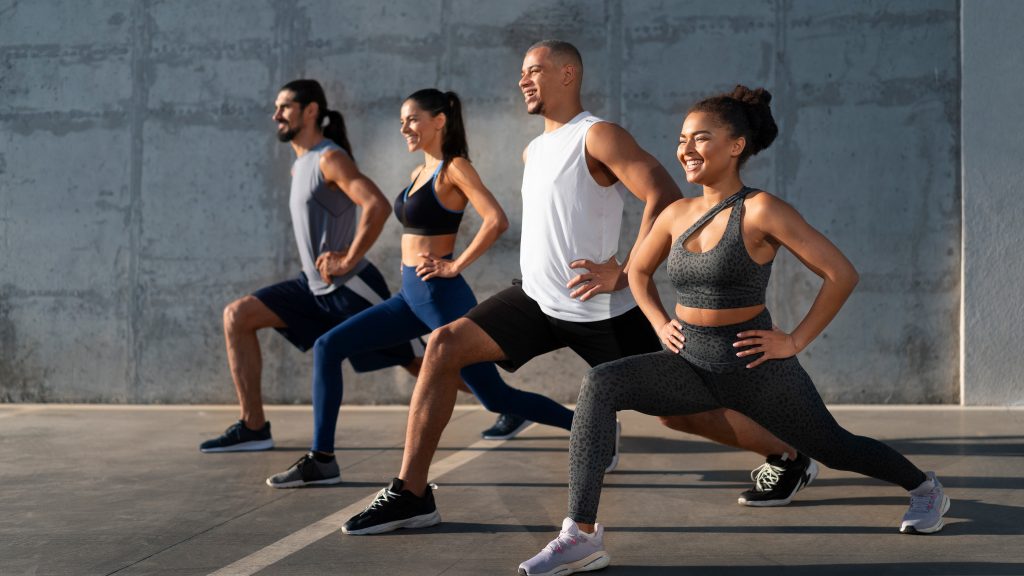
Common illnesses like cold and cough, fever, headaches can be even more common than we can think! We have no practical solution for these illnesses other than popping over the counter (OTC) pills to suppress the symptoms and waiting for them to reoccur.
If that one pill doesn’t work, they pop up the second one and after the second one doesn’t work they end up in doctor’s cabin asking for some more medicines. Taking these medicines over and over again is simply abusing our bodies. Side effects of the medicines are no less which gives us a chance to try and change our approach.
Remember how our grandmothers resorted to old traditional home remedies for better health? Those remedies are now being used as a part of naturopathy treatment. Before reaching out to these over the counter pills, let’s try and combine our herbs, spices and right diet to fight these illnesses.
Let’s understand each common illnesses one by one:-
- Common cold
I am sure each one of us has suffered from common cold and can completely relate to its symptoms. It is perhaps the most common illness in the world. There was a research where data was collated to find out maximum sick leave reason and the data revealed that common cold topped the charts. There is no permanent cure for common cold.
Well, I have seen people taking antibiotics for getting rid of common cold. Antibiotics can do nothing for a common cold. If you are prescribed one then you might as well ask your doctor to give you something else because antibiotics only work against infections caused by bacteria but common cold is caused by a virus.
There is no permanent cure for common cold. There are more than 200 strains of viruses and it is difficult for the body to build up immunity against every strain which is why you see common cold hitting you always!
Symptoms of a common cold:
- A severe headache
- A sore throat
- Fever
- Congestion
- Watery eyes
- A cough
- Nasal congestion
- Sneezing
How to prevent the common cold?
(i) Include antioxidant-rich foods in your diet
- It is important to boost your immunity and Vitamin C can act as an excellent immune-boosting nutrient.
- Include raw fruits and vegetables which has PRANIC energy in your diet.
(ii) Include Bioflavonoids rich foods in your diet
- Bioflavonoids were once known as Vitamin P.
- These compounds help in fighting against the common cold.
- Lemon, sweet lime, chillies, green pepper, grapes are good sources of bioflavonoids.
Natural remedies to cure a common cold:
(i) Ingredients:
- Lime juice
- Cayenne pepper
- Manuka or organic honey
- Water
Method:
- Dilute 2 tbsp of lime juice + Pinch of cayenne pepper + 1 tsp of manuka honey in a ½ cup of warm water.
Dosage:
- Have it early morning on empty stomach to prevent cold.
- Take this concoction 3 times a day before breakfast, lunch and dinner if you are suffering from cold.
(ii) Ingredients:
- Fresh ginger juice
- Fresh garlic juice
- Turmeric powder
- Elaichi or Cardamom
Method:
- Brew 2 tbsp of fresh ginger juice + 1 tbsp of fresh garlic juice + pinch of turmeric powder + 2 elaichi (cardamom) pods in 200 ml of water
- Boil this decoction and then simmer it for 2 minutes.
- Strain the water and add 1 tsp of a mishri or khadi shaker, drink this decoction warm
Dosage :
- 3 times a day till cold and cough subsides
(2) Fever
In my opinion, fever is the most misunderstood common issue. Everybody has a different definition of fever. Whenever your body temperature crosses 98.6 F, chances of getting fever becomes high. Medically, temperature above 100.4 F is termed as fever.
What causes fever?
It is important for everyone to know what causes fever. Fever is actually a response to your body against foreign invaders.
What are these foreign invaders?
Virus
Bacteria
Fungi
Toxins
Drugs
These foreign invaders are considered to be pyrogens or fever-producing substances. These pyrogens trigger the brain to raise the body temperature so that the body can fight these foreign invaders.
I have seen people popping up pills with a slight rise in body temperature. I have given this explanation above so that people understand that what is this fever and why does it happen? Your immune system is very smart, it will manage things on its own for a while. Taking fever-reducing medicines means that you are interfering with your immune system’s work.
Usually, fever reduces in a day or two. If it doesn’t then please visit your healthcare practitioner before popping any pills. Fever can be a symptom of any disease.
Staying with fever is not a good idea, I understand. But, taking medicine for the same is a very bad idea. Try these natural remedies to reduce your fever, it will not interfere with your immune system and will give you some relief as well.
Ingredients:
- Dill seeds (Suva seeds)
- Peppercorns (Kali Mirch )
- Kalonji
- Cinnamon powder
- Water
Method:
- Boil 1 tbsp of roasted dill seeds + 1 tsp of peppercorns powder + 1 tsp of Kalonji in 150 ml of water for about 6 mins. Let it stay warm for about 15 mins.
- Strain this mixture and add a pinch of cinnamon powder
- Drink this mixture warm
- Repeat it till the body temperature reduces.
(3) A headache
This topic can be an article in itself. Discussing headache is a huge thing but to cut it short headaches have numerous causes and headaches are divided into 3 categories:
- Primary
- Secondary
- Other
Primary headaches include a migraine, stress, cold and cough induced headaches. Secondary headaches include headaches caused by structural problems in the body especially head and neck.
Here are some natural remedies to manage a headache:
- Eat 5 black raisins + 1 tsp of sesame seeds twice a day. Keep chewing it and then drink lukewarm water
- 1 glass of fresh tomato juice once a day
- Soak your feet in Epsom salt and relax for a while. A headache will be drastically reduced.
Hope these tips help you in dealing with common illnesses!
Note: If your symptoms do not get better then please see your healthcare practitioner.
Opt for natural remedies to combat common illnesses, embracing the wisdom of traditional healing. From immune-boosting foods to age-old home remedies, prioritize your well-being the holistic way. Empower your health with these simple yet effective solutions. For further information or guidance, reach out to our certified experts by subscribing to GOQii’s Personalised Health Coaching here.
#BeTheForce






